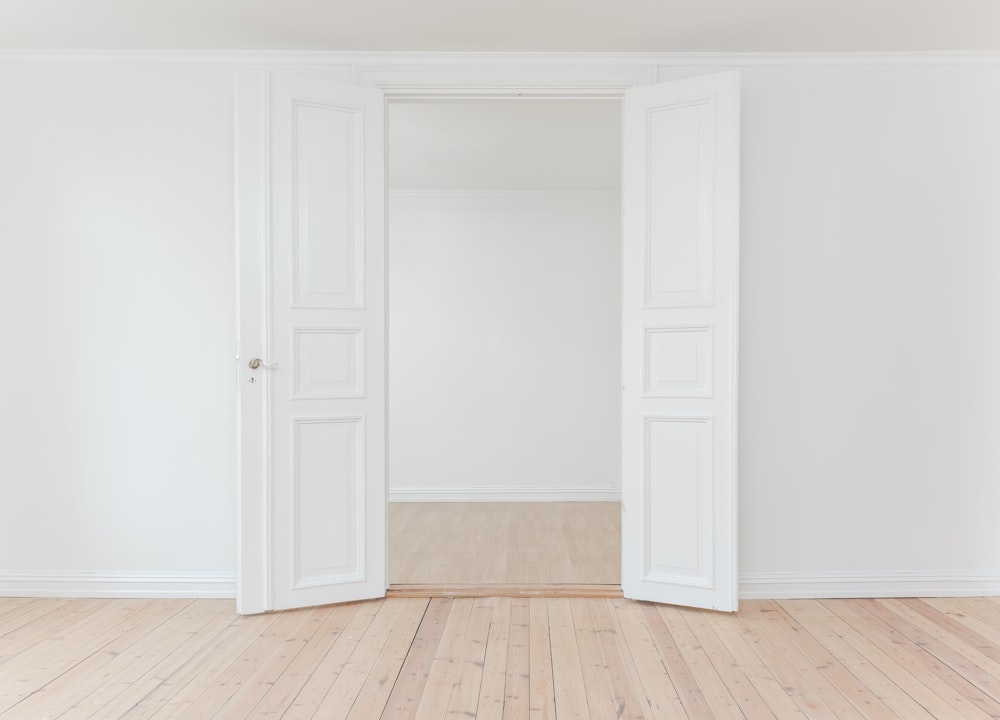Unlocking the Essence of Mid-Century Modern Design
Understanding the Roots: A Brief History
Mid-Century Modern design emerged in the mid-20th century, characterized by clean lines, organic shapes, and a focus on functionality. Influenced by the Bauhaus movement and Scandinavian design principles, Mid-Century Modern became synonymous with innovation, simplicity, and sophistication. To master this style, it’s essential to delve into its rich history and understand the key principles that define it.
Sleek Lines and Minimalism: Embracing Simplicity
At the heart of Mid-Century Modern design is a commitment to simplicity and minimalism. Opt for furniture and decor pieces with clean lines, sleek silhouettes, and a pared-back aesthetic. Avoid excess ornamentation and clutter, opting instead for understated elegance and timeless appeal. By embracing simplicity, you can create a space that feels both modern and inviting.
Natural Materials and Organic Shapes: Connecting with Nature
Mid-Century Modern design celebrates the beauty of natural materials and organic shapes. Incorporate elements such as wood, leather, and stone into your decor to add warmth and texture to your space. Choose furniture with gently curved forms and organic contours that echo the shapes found in nature. By connecting with the natural world, you can create a harmonious and inviting environment in your home.
Bold Colors and Playful Patterns: Making a Statement
While Mid-Century Modern design is known for its restrained color palette, it also embraces bold hues and playful patterns. Experiment with vibrant accent colors such as mustard yellow, teal, and orange to add visual interest to your space. Incorporate geometric patterns, abstract motifs, and retro-inspired prints to inject personality and energy into your decor. By mixing and matching colors and patterns, you can create a dynamic and engaging environment that reflects your unique style.
Iconic Furniture Pieces: Investing in Classics
No discussion of Mid-Century Modern design would be complete without mentioning iconic furniture pieces that have become synonymous with the style. From the Eames Lounge Chair to the Saarinen Tulip Table, these timeless classics continue to inspire designers and homeowners alike. Investing in high-quality, authentic Mid-Century Modern furniture pieces not only adds a touch of sophistication to your space but also ensures longevity and durability.
Functional Design Solutions: Prioritizing Utility
Mid-Century Modern design prioritizes functionality and utility above all else. Choose furniture and decor pieces that serve a purpose and contribute to the overall functionality of your space. Look for pieces with built-in storage, multifunctional features, and adjustable elements that adapt to your needs. By prioritizing utility, you can create a space that is both stylish and practical, without sacrificing comfort or convenience.
Mixing Old and New: Creating Contrast and Balance
One of the hallmarks of Mid-Century Modern design is its ability to seamlessly blend old and new elements. Mix vintage furniture pieces with contemporary accents to create a space that feels fresh and dynamic. Experiment with different textures, finishes, and styles to create contrast and visual interest. By striking the right balance between old and new, you can create a space that feels curated and eclectic, yet cohesive and harmonious.
Lighting as Art: Illuminating Your Space
Lighting plays a crucial role in Mid-Century Modern design, serving as both functional necessity and artistic expression. Choose statement lighting fixtures that double as works of art, such as pendant lights, floor lamps, and sculptural chandeliers. Opt for fixtures with clean lines, organic shapes, and metallic finishes to complement the overall aesthetic of your space. By using lighting as a focal point, you can enhance the ambiance and atmosphere of your Mid-Century Modern interior.
Creating Cohesive Spaces: Considering the Whole
When designing a Mid-Century Modern interior, it’s essential to consider the space as a whole and ensure that every element contributes to the overall aesthetic. Choose furniture, decor, and accessories that complement one another in terms of style, scale, and color. Pay attention to the flow of the space and create distinct zones for different activities, such as lounging, dining, and working. By creating cohesive spaces that harmonize with one another, you can achieve a truly masterful Mid-Century Modern interior. Read more about mid century modern design tips



